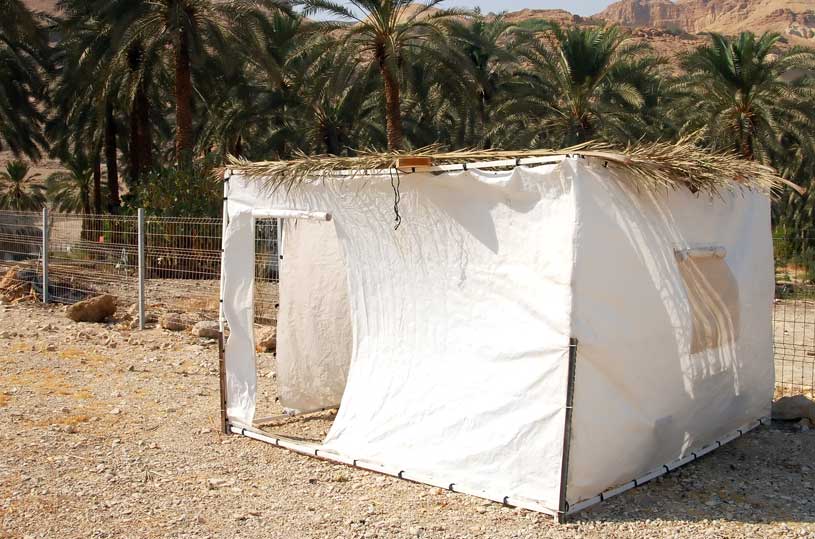The Talmud relates the story of Rabbi Yochanan Ben Zakai after the destruction of the second temple who saw the daughter of Nakdimon Ben Gurion searching through donkey dung for some undigested barley to eat as she was poor and starving. She approached rabbi Yochanan and asked him for food. Before the destruction of the temple Nakdimon Ben Gurion was fabulously wealthy and this young lady’s Ketuba (marriage contract) was for 1 million gold denarii from her father as well as from her father in law. But all his wealth disappeared. The Talmud asks did not Nakdimon ben Gurion give a lot of charity and if so why didn’t it protect him from losing his wealth? The Talmud answers that he didn’t do according to his ability.
This tells us something very important. You can’t go by appearances. Nakdimon ben Gurion was fabulously wealthy and really generous. You must look at the effort expended. Nakdimon Ben Gurion didn’t give according to his ability so he didn’t merit the protection of his charity as it wasn’t sufficient no matter that it was a great amount of charity.
You never know if what a person did was sufficient or not for you don’t know what his circumstances and his strengths and weaknesses. The toil and effort is what counts. When you look at the 4 species, the lulav (palm branch) grew on its own steam unlike the etrog (citron) that was carefully cultivated. It “expended its own efforts” and that’s why we bless “upon taking the lulav” and not “upon taking the etrog”.
There’s another message we can learn from the 4 species. The Midrash says that the 4 species represent man and his main limbs. The lulav represents the spine, the hadas (myrtle branch) represents the eyes (myrtle leaves are shaped like the eye), the etrog represents the heart (it’s heart shaped) and the arava (willow) represents the lips (as the leaves are lip shaped).
The Midrash also says the 4 species represent the 4 types of Jews in our nation. The lulav has taste (dates) but has no fragrance. This is akin to one who learns Torah but does no mitzvoth. The etrog is both tasty and fragrant representing someone who learns Torah and also does mitzvoth. The hadas has a fragrance but no taste representing doing mitzvoth but not learning Torah and the arava has no taste or fragrance representing those who don’t learn Torah nor do they do mitzvoth.
Both these sets of things the 4 species represent seem unrelated one to the other. But if you unite the ideas into talking about man himself everyone can see in himself not just the limbs the 4 species represent but the 4 types of Jews also which are found in each and every one of us. A man can have an “etrog day” where he learned Torah and did a lot of mitzvoth. He looks back at this day and says what a day! He can also have a “lulav day” where he learned Torah and didn’t do mitzvoth. He can have a “hadas day” where he did mitzvoth but didn’t learn Torah and he can have an “arava day” when he did neither. On the arava day he may become despondent and feel a lot of negativity about himself.
But the 4 species tell us you must put them all together (just as we shake them all together) in order to get a true measure of yourself. Look at yourself with a more general outlook without myopically focusing on your bad ‘arava’ days, or weeks or months and overlooking your etrog, hadas and lulav times. Look at all the times together, put the times of light into the equation. When you unite all of the different times together you can elevate yourself and see that you have a lot of good inside yourself in the same manner that we unite all 4 species to do the mitzvah of shaking the 4 species.
You may have been an ‘arava’ for a month but all in all you came back to yourself and started doing the things you need to like an etrog. Stand before G-d when you shake the 4 species and see the good inside yourself and get the true picture of yourself as a worthy servant of G-d.





